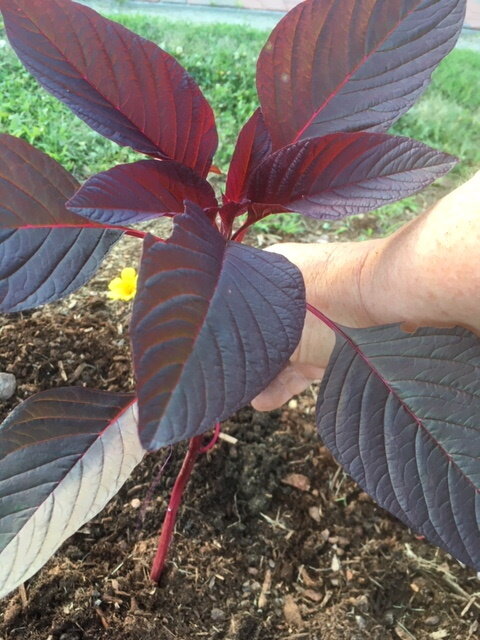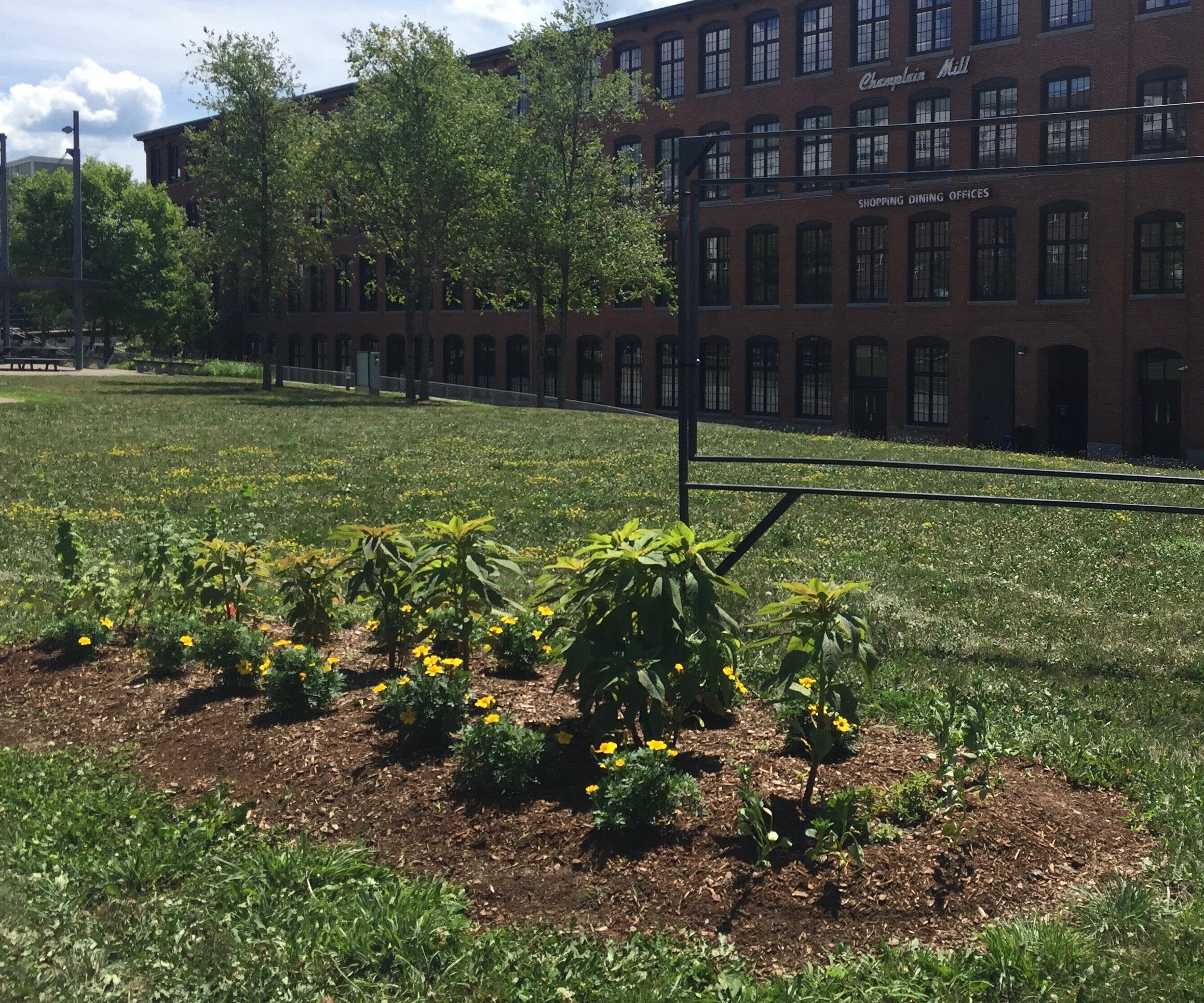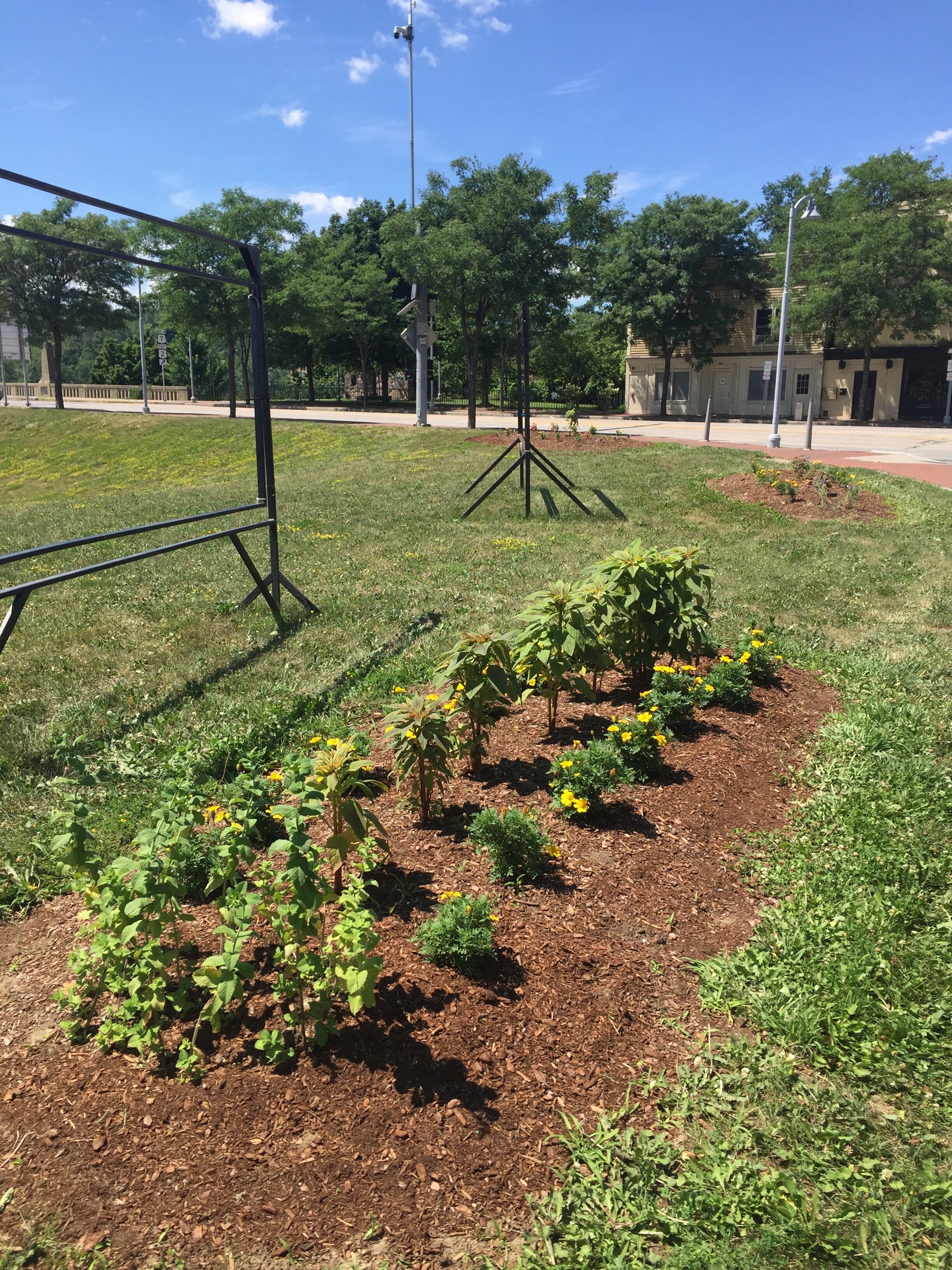The Mill Museum Plants a Garden
/by Prudence Doherty, Mill Museum Board Chair
This summer, the Heritage Mill Museum has joined the Winooski Garden Group and the City of Winooski in a project to make downtown Winooski a "garden way." In addition to taking care of existing gardens in Rotary and Winooski Falls Parks, the Garden Group volunteered to plant the median in front of the Winooski Block and the Mill Museum volunteered to plant and maintain three garden beds on the roundabout near the bridge.
When board member Prudence Doherty brought the idea to Director Miriam Block and the rest of the board, they enthusiastically agreed that it was a great opportunity to contribute to a community project, especially at a time when the museum cannot host visitors. To connect the gardening project to the museum’s mission, Dona Brown and Eliza West suggested that we plant a natural dye garden. Prudence, who is also a member of the garden group, volunteered to take on the project.
Prudence quickly learned about dye plants and filled the beds with flowers, herbs and vegetables whose petals and leaves can be used to dye fabric, including yellow and orange marigolds, red cabbage, blue bachelor buttons, mint, and amaranth. To make a strong visual impact, she used similar plants in all three beds.
Prudence transplanted young amaranth plants from her home garden, hoping that they were red amaranth, which can color fabric in shades of pink. The tall amaranth plants with reddish leaves and striking maroon flowers are thriving, but a vivid crimson variety she recently retrieved from a compost pile at the O’Brien Community Garden and added to the dye garden would undoubtedly produce a stronger color.
Now that the museum has planted a simple dye garden, we are considering a longer-term project with more permanent plantings and community projects that involve harvesting flowers and leaves and dyeing yarn and fabric. There are many possibilities for collaborating with Vermont gardeners, natural dyers and textile artists.
The dye garden complements another museum initiative. With the help of Margi Gregory from Spring Mountain Herbs of Vermont, the museum put together a short “Plant Guide” highlighting herbal plants growing along the Riverwalk path and the field east of the Champlain Mill, including staghorn sumac, barberry, blackberry, goldenrod, dandelion, Queens Anne lace, iris, jewel weed, Japanese Knotweed, mullein, horsetail, and milkweed. The guide is available for download on the museum’s website.




